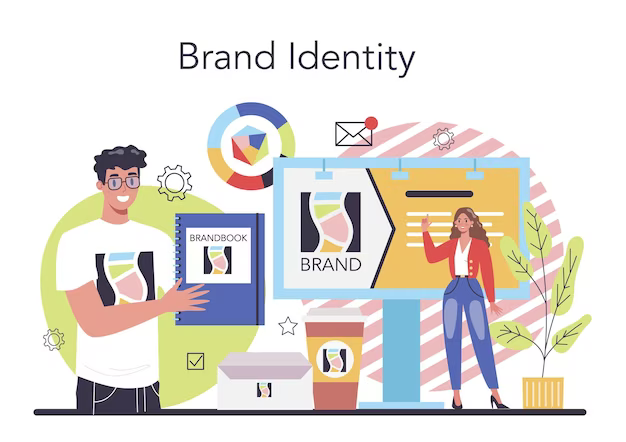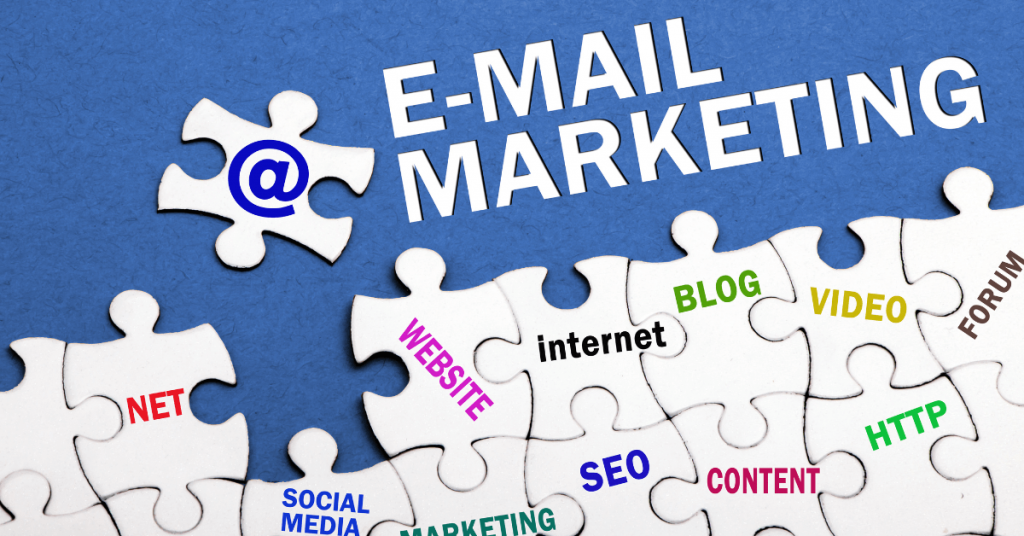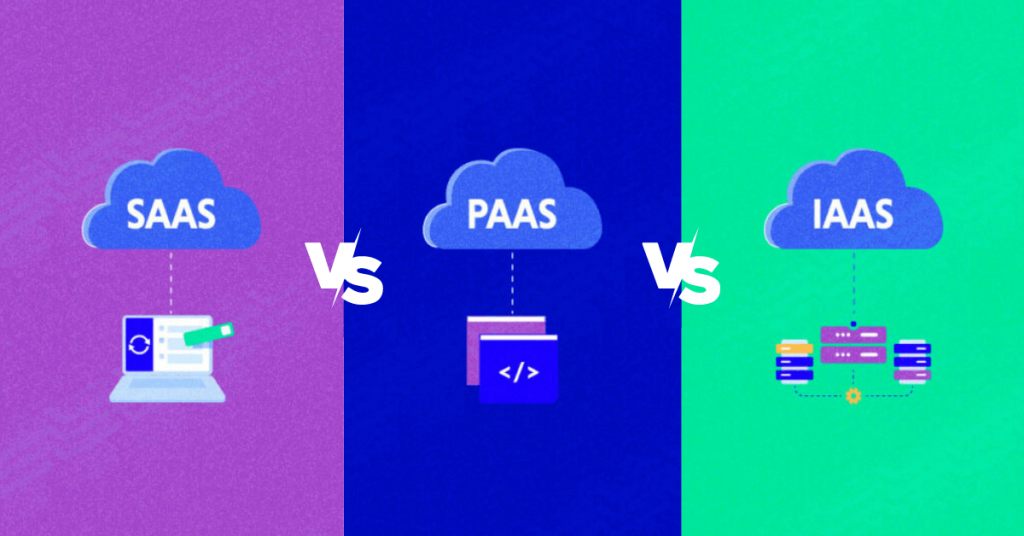In the fast-paced world of Software as a Service (SaaS), having a strong brand identity is crucial for success. A well-defined brand identity helps SaaS teams establish a unique and memorable presence in the market, build trust with customers, and differentiate themselves from competitors. In this blog post, we will explore a comprehensive brand identity roadmap that SaaS teams can follow to create a powerful and consistent brand identity.
By the end, you will have a clear understanding of the steps involved in developing a brand identity that resonates with your target audience and drives growth.
What Is SaaS Brand Identity?
SaaS (Software as a Service) brand identity refers to the overall image, personality, and perception of a SaaS company in the eyes of its target audience, customers, and the market as a whole. It encompasses the visual and non-visual elements that help distinguish a SaaS brand and shape its identity.
Key components of a SaaS brand identity typically include:
- Logo and visual identity: A well-designed logo and consistent visual elements (colours, typography, graphics) create a recognizable and memorable brand identity. These elements should align with the company’s values, target audience, and the software’s purpose.
- Brand messaging: Clear and compelling messaging helps communicate the value proposition of the SaaS product and differentiates it from competitors. The messaging should resonate with the target audience, addressing their pain points and highlighting the unique benefits of the software.
- Tone of voice: The tone of voice used in communication—be it website content, marketing materials, or customer support—should reflect the brand’s personality and values. It helps establish a consistent brand voice and create a connection with the audience.
- User experience (UX) and interface design: The user experience and interface design of the SaaS product play a crucial role in the brand identity. Intuitive, user-friendly interfaces and seamless experiences contribute to a positive brand perception and customer satisfaction.
- Brand values and mission: Defining and communicating the brand’s values and mission helps create an emotional connection with customers. SaaS companies often highlight factors such as innovation, reliability, security, customer-centricity, or environmental sustainability, depending on their focus and target audience.
- Brand associations: The associations and partnerships a SaaS company establishes can also shape its brand identity. Collaborations with reputable companies or thought leaders in the industry can enhance the brand’s credibility and authority.
- Customer support and brand experience: A strong brand identity also includes delivering exceptional customer support and overall brand experience. Consistently providing prompt and helpful customer service contributes to a positive brand perception and can lead to customer loyalty and advocacy.
A consistent and genuine SaaS brand identity builds trust, awareness, and uniqueness in the competitive market. It plays a vital role in attracting and retaining customers and building a strong, sustainable brand presence.

Steps To Create A SaaS Brand Identity Roadmap For SaaS Teams
Step 1: Understanding Brand Identity
Before diving into the roadmap, let’s first define what brand identity entails. Brand identity refers to the visual, verbal, and emotional elements that shape how a brand is perceived by its audience. It comprises various components, including the logo and visual elements, tone and voice, and messaging and positioning.
Each of these elements plays a crucial role in shaping the overall brand identity and conveying the brand’s values, personality, and purpose.
Step 2: Assessing Current Brand Identity
To begin the brand identity roadmap, it’s essential to assess your current brand identity. Take a close look at your logo and visual elements to ensure they accurately represent your brand and resonate with your target audience. Consider factors such as the design, colors, and typography.
Analyze the tone and voice used in your communication channels, such as your website, emails, and social media posts.
Is the tone consistent?
Does it align with your brand’s personality?
Lastly, evaluate your messaging and positioning. Are they clear, concise, and compelling? Do they effectively communicate your unique value proposition? Identifying areas of improvement will provide a solid foundation for moving forward.
Step 3: Setting Brand Identity Goals
Once you have assessed your current brand identity, it’s time to set brand identity goals. Start by establishing a clear brand vision that outlines where you want your brand to be in the future.
Consider the long-term aspirations and the unique value you want to bring to your customers. Identify your target audience and define your market positioning – how you want your brand to be perceived in the industry.
This involves understanding the needs and preferences of your target audience and positioning your brand in a way that differentiates it from competitors.
Additionally, define your brand personality and values. These goals will guide the development of your brand identity and ensure consistency across all touchpoints.
Step 4: Researching the Target Audience
Understanding your target audience is crucial in creating a brand identity that resonates with them. Conduct thorough market research to gain insights into their demographics, psychographics, and behaviors.
What are their pain points and needs? How do they engage with similar SaaS products? Look into their preferences, motivations, and challenges.
Furthermore, conduct competitor analysis to identify gaps and opportunities in the market. Analyze how your competitors position themselves and the strategies they employ.
By understanding your target audience and the competitive landscape, you can tailor your brand identity to effectively communicate and connect with them.
Step 5: Creating Visual Brand Identity
One of the most impactful aspects of brand identity is visual elements, such as the logo, color palette, typography, and imagery. Consider hiring a professional designer or agency specialized in branding to create a compelling and visually appealing logo that represents your brand’s personality.
The logo should be unique, memorable, and easily recognizable. Ensure brand consistency by applying the visual identity consistently across all touchpoints, including your website, marketing materials, and product interfaces.
Choose colors, fonts, and imagery that align with your brand personality and resonate with your target audience. The visual elements should evoke the desired emotions and convey the essence of your brand.
Step 6: Developing Tone and Voice
The tone and voice of your brand play a significant role in shaping its personality and establishing a consistent brand experience. Define the traits and characteristics that best represent your brand’s personality.
Is your brand playful, authoritative, or empathetic? Craft brand messaging guidelines that outline the tone and voice to be used in various communication channels. Consider the language, vocabulary, and style that align with your target audience and brand values.
Train your team members on how to embody the brand’s tone and voice to ensure consistent and cohesive brand messaging. This includes guidelines on writing style, customer interactions, and overall communication approach.
Step 7: Crafting Compelling Messaging
Messaging is at the heart of effective brand communication. Develop clear and persuasive messaging that resonates with your target audience. Start by creating a brand positioning statement that clearly articulates your unique value proposition and differentiates you from competitors.
This statement should convey the essence of your brand and what sets you apart in the market. Craft key messages tailored to different target audiences, addressing their pain points and highlighting the benefits of your SaaS product.
Ensure that your messaging aligns with your brand’s personality and values, and conveys a consistent narrative throughout all customer touchpoints. Use concise and compelling language that engages and resonates with your audience.
Step 8: Implementing Brand Identity Across Channels
Consistency is key when implementing your brand identity across various channels. Begin by applying your brand identity to your website and landing pages.
Ensure that the visual elements, tone, and messaging are aligned and create a cohesive user experience. Your website should reflect your brand’s personality and effectively communicate your value proposition.
Extend your brand identity to other marketing materials, such as brochures, whitepapers, and presentations. Maintain consistency in design, tone, and messaging across these materials to reinforce your brand identity.
Additionally, integrate your brand identity into your social media profiles and posts to maintain a consistent brand experience across all digital touchpoints.
Step 9: Communicating Brand Identity Internally
Effective brand identity implementation requires internal alignment and understanding among team members. Conduct brand identity workshops and training sessions to educate your team on the brand’s values, personality, and communication guidelines.
Provide brand guidelines and resources that outline the visual and verbal elements of your brand identity. This includes specifications on logo usage, typography, colors, and tone.
Encourage your team members to embody the brand values in their day-to-day interactions, fostering a consistent brand experience both internally and externally. Internal communication should reinforce the brand’s mission and values, creating a unified and cohesive brand identity.
Step 10: Monitoring and Evolving Brand Identity
Brand identity is not static; it evolves over time to meet changing market dynamics and customer preferences. Continuously monitor and evaluate your brand’s performance and perception.
Collect customer feedback through surveys and social listening to gain insights into their perceptions and experiences. Monitor brand sentiment and analyze market trends to identify opportunities for improvement.
Regularly review and assess the effectiveness of your brand identity across various touchpoints. Based on these insights, iterate and adapt your brand identity, making necessary refinements to stay relevant and resonate with your target audience. Embrace feedback as a valuable tool for continuous improvement.
Importance of A Brand Identity Roadmap For SaaS Teams
A brand identity roadmap is an essential tool for SaaS teams as it helps guide the development, implementation, and management of the brand identity. Here are some key reasons why a brand identity roadmap is important for SaaS teams:
1. Consistency:
A brand identity roadmap ensures consistency across all touchpoints and interactions with customers. It provides guidelines and standards for visual elements, messaging, tone of voice, and user experience, ensuring that the brand is presented consistently across various platforms and channels. Consistency builds trust and familiarity with the audience, leading to a stronger brand presence.
2. Differentiation:
In a competitive SaaS market, a strong brand identity helps differentiate a company from its competitors. A brand identity roadmap helps define and highlight the unique aspects of the SaaS product, its value proposition, and its positioning in the market. It enables the team to identify the key differentiators and communicate them effectively to the target audience, establishing a competitive advantage.
3. Customer Perception:
A well-defined brand identity creates a positive perception in the minds of customers. It conveys professionalism, reliability, and trustworthiness, which are crucial factors for SaaS companies. A brand identity roadmap helps align the brand’s values, mission, and messaging with customer expectations, improving the overall customer experience and satisfaction.
4. Brand Equity:
A strong brand identity contributes to the development of brand equity, which is the intangible value associated with a brand. Brand equity encompasses factors like brand recognition, customer loyalty, and perceived value. A brand identity roadmap helps build and strengthen brand equity by consistently delivering a positive brand experience and reinforcing the brand’s unique attributes.
5. Scalability:
As SaaS companies grow and expand their offerings, a brand identity roadmap provides a foundation for scalability. It ensures that the brand identity can adapt and evolve while maintaining core elements that resonate with customers. The roadmap helps SaaS teams align new products or features with the existing brand identity, ensuring a cohesive and recognizable brand presence as the company grows.
6. Employee Alignment:
A brand identity roadmap serves as a reference for internal teams, aligning them with the brand’s vision, values, and goals. It provides a clear understanding of how to represent the brand in their respective roles and interactions with customers. When employees are aligned with the brand identity, it fosters a sense of pride and ownership, enhancing their commitment to delivering a consistent brand experience.
7. Marketing and Communication:
A brand identity roadmap serves as a strategic guide for marketing and communication efforts. It helps create targeted campaigns, content, and messaging that resonate with the intended audience. By having a clear brand identity roadmap, SaaS teams can effectively communicate the value and benefits of their products, resulting in improved marketing effectiveness and customer engagement.
Overall, a brand identity roadmap is crucial for SaaS teams as it ensures consistency, differentiation, customer perception, brand equity, scalability, employee alignment, and effective marketing and communication. It provides a roadmap for building a strong, recognizable, and successful brand in the competitive SaaS market.
Conclusion – SaaS Brand Identity Roadmap
Building a strong brand identity is essential for SaaS teams to thrive in the competitive market. By following the comprehensive brand identity roadmap outlined in this blog post, you can create a powerful and consistent brand identity that differentiates your SaaS products, builds customer trust, and fosters long-term loyalty.
Remember to assess your current brand identity, set clear goals, understand your target audience, develop compelling visual and verbal elements, implement your brand identity consistently across channels, communicate internally, and monitor and evolve your brand identity over time. Embrace the power of brand identity and unlock new growth opportunities for your SaaS business.

